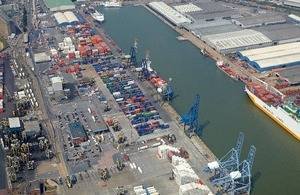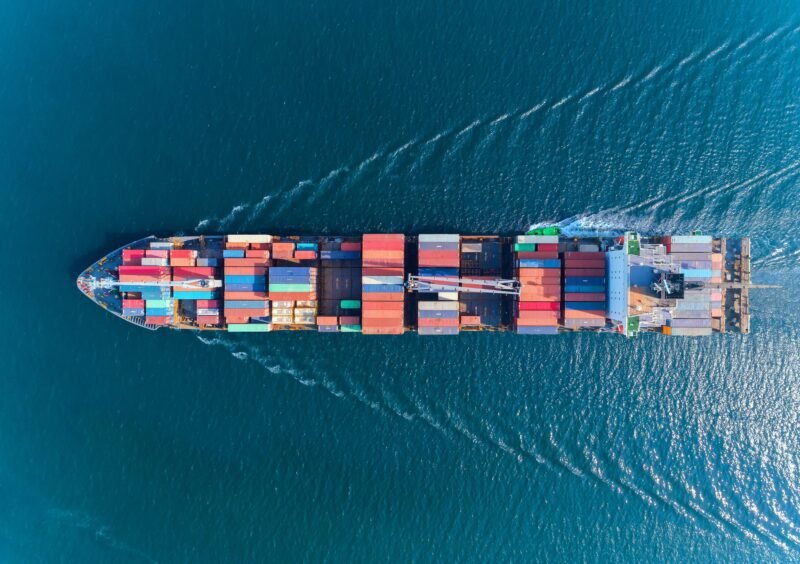The UK Maritime Minister, Mike Kane, has announced new goals for vessels operating in UK waters and docking at UK ports to be carbon-free. As part of the government’s Plan for Change, the Maritime decarbonization strategy aims to reduce greenhouse gas emissions by 30% by 2030, 80% by 2040, and to zero by 2050. This aligns with the ambitious goals set by the IMO in its 2023 strategy for reducing greenhouse gas emissions from ships.
The strategy includes bringing the shipping sector under the UK Emissions Trading Scheme (UK ETS), where operators of larger vessels like tankers and cruise ships, which contribute the most pollution, will pay more for their greenhouse gas emissions. Additionally, plans are in place to reduce emissions from shipping and increase the use of clean fuels and technologies such as hydrogen, electric, or ammonia vessels. This investment in green technologies and fuels is expected to position the UK as a clean energy superpower and stimulate a green economic revival.
The government is also launching two calls for evidence to inform the development of measures to reduce emissions at berth, understand future energy demand at ports, and decarbonize smaller vessels. Richard Ballantyne OBE, Chief Executive of the British Ports Association, welcomed the announcement, highlighting the commitment of UK ports to net zero with ambitious targets and investments in new technologies and fuels. Nuala Doyle, Policy Officer at the SASHA Coalition, emphasized the importance of targeting the right fuels, such as green hydrogen and e-fuels, to meet climate targets and promote maritime growth. Expanding the UK ETS to maritime emissions is seen as a step towards driving an equitable transition to net zero for the shipping industry.


















